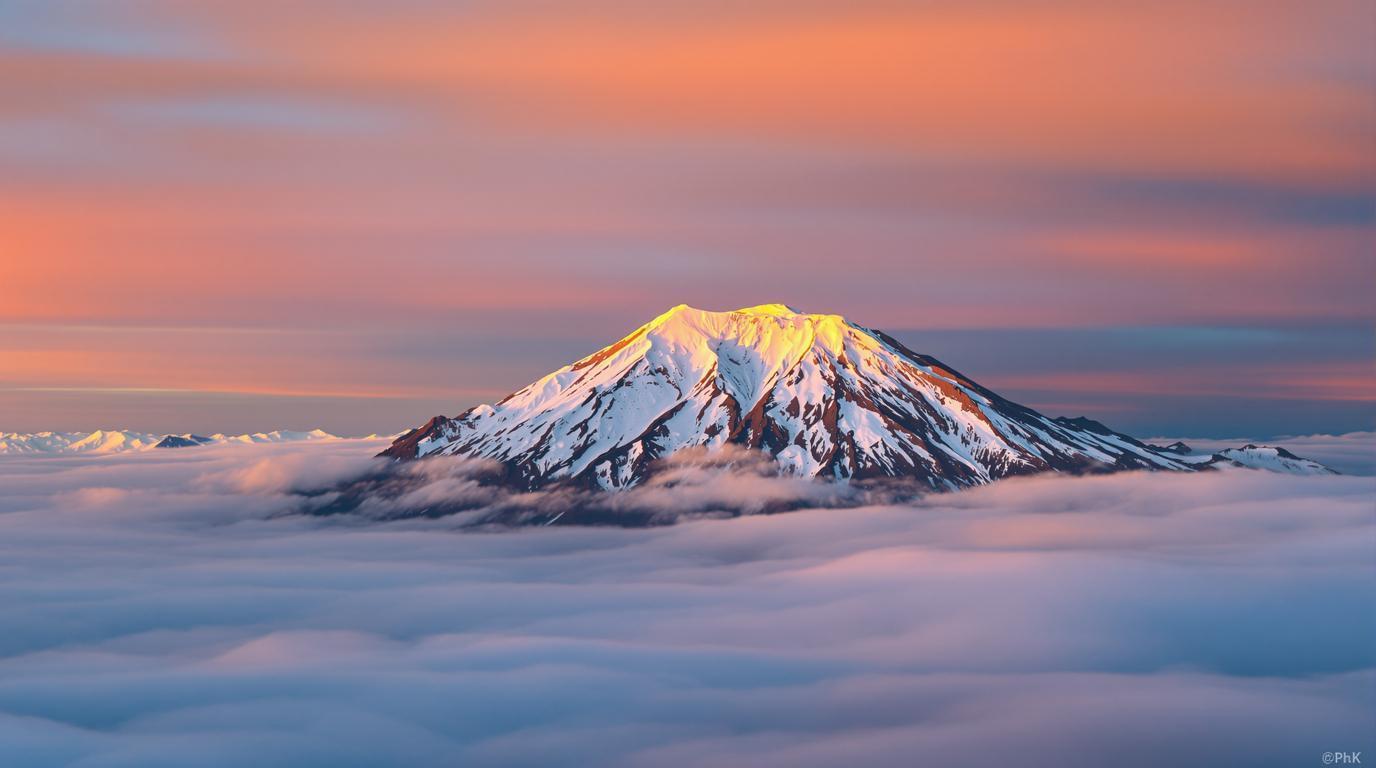Tenerife: The Volcanic Playground Where Atlantic Magic Meets Spanish Charm
Spain’s highest peak doesn’t rise from the mainland but stands majestically on Tenerife, the largest of the Canary Islands. Mount Teide, a 12,198-foot active volcano, dominates this Atlantic paradise where over 40% of the land enjoys protected status. This geological marvel creates a miniature continent where visitors can swim in turquoise waters in the morning and stand above clouds by afternoon.
Where golden shores meet black sand beaches
Tenerife’s coastline tells two distinct stories. While the tourist-friendly south boasts golden beaches like Las Teresitas (with sand imported from the Sahara), the island’s volcanic nature reveals itself in dramatic black sand shores. For an authentic experience, venture to Playa de Benijo, where massive rock formations rise from crashing Atlantic waves.
“Our beaches change character with the tides. What looks serene in morning light becomes dramatically powerful as the afternoon sea rises,” explains Carlos, a lifelong resident of coastal Taganana village.
The lunar landscape that NASA couldn’t resist
Teide National Park’s otherworldly terrain so closely resembles the moon’s surface that NASA used it to test lunar vehicles. Today, hikers traverse these surreal landscapes beneath Spain’s clearest skies. The park transforms at sunset when golden light bathes ancient lava flows, creating a photographer’s paradise rivaling Hawaii’s volcanic vistas without the crowds.
A hidden forest time forgot
While southern Tenerife basks in desert-like conditions, the ancient Anaga Rural Park in the northeast harbors a prehistoric secret: laurisilva forests that once covered the Mediterranean basin 40 million years ago. These misty woodlands, with twisted moss-covered trees and fern-blanketed floors, transport visitors to Earth’s distant past. Morning fog creates an ethereal atmosphere perfect for photographers seeking mystical landscapes.
The vertical giants of Los Gigantes
The aptly named “The Giants” cliffs rise dramatically to 1,600 feet from the Atlantic. These towering walls create a microclimate where dolphins and pilot whales thrive in protected waters. For the ultimate perspective, kayak along their base at sunrise when the golden light transforms the dark volcanic rock into glowing amber monoliths.
Colonial treasures frozen in time
San Cristóbal de La Laguna, a UNESCO World Heritage site, preserves perfectly intact 15th-century colonial architecture. Unlike many historic cities, La Laguna’s grid pattern influenced Spanish colonial design throughout the Americas, making it the blueprint for New World cities from Havana to San Juan.
Where stars shine brightest in Europe
Tenerife’s astronomical conditions rival Mauna Kea in Hawaii. The island’s elevation, clean air, and minimal light pollution create ideal stargazing conditions. The Teide Observatory opens its doors to visitors, allowing amateur astronomers to peer through professional telescopes while experts explain the cosmos above.
“Standing at 7,000 feet elevation with nothing but stars overhead makes you feel simultaneously insignificant and connected to everything,” notes Dr. Elena Mora, resident astronomer at Teide Observatory.
Village life suspended between sea and sky
The remote village of Masca, once accessible only by donkey trail, clings impossibly to steep ravine walls. This former pirate hideout with stone cottages and terraced gardens sheltered seafarers for centuries. Today, its dramatic setting between massive cliffs offers visitors a glimpse into traditional Canarian life.
A wine tradition born from volcanic ash
Tenerife’s volcanic soil nurtures unique wine varieties found nowhere else. Local vineyards, some over 200 years old, produce distinctive whites from the Malvasia grape. Small family-run bodegas welcome visitors to taste wines cultivated on terraced hillsides using techniques that rival Madeira yet remain relatively undiscovered.
Year-round festivals that ignite the senses
February transforms Santa Cruz into the world’s second-largest carnival after Rio, where elaborate costumes and pulsating music fill streets for weeks. Throughout the year, each village celebrates its own patron saint with unique traditions, from flower carpets in La Orotava to maritime processions in fishing communities like Puerto de la Cruz.
As twilight descends over Tenerife, Teide’s massive shadow stretches across the Atlantic, creating a perfect triangle on the ocean’s surface. This daily phenomenon reminds visitors they stand on an island that defies easy categorization – a place where African, European and American influences blend atop a volcanic heart that continues to shape both land and culture in spectacular fashion.
